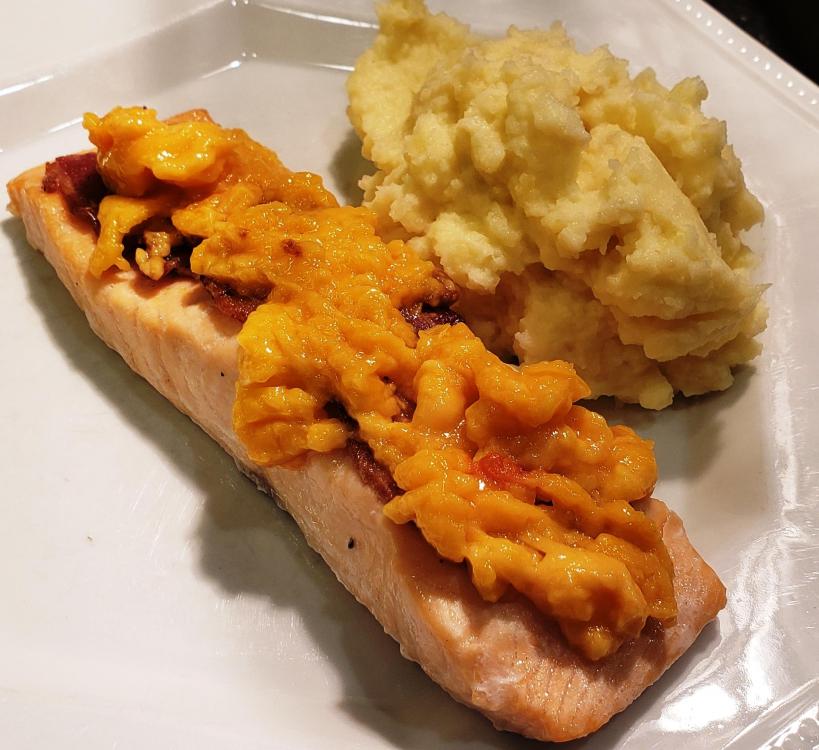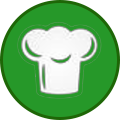-
Posts
12,231 -
Joined
-
Last visited
Content Type
Profiles
Forums
Store
Help Articles
Everything posted by gfweb
-
What's with all the peas?
-
No garlic in the sauce?
-
@Annie_H Poking a hole does not kill the spore it just keeps it from growing and making toxin. Low temperature also keeps the spores from growing whether conditions are aerobic or not. That's why thawing temp is an issue.
-
But who needs shipping if you can just bring it home? Although shipping guarantees it arrives rock solid frozen.
-
Wouldn't be hard to fill with epoxy yourself
-
Wild Fork continues to treat us well. Arrives frozen like a rock and thaws nicely. Fair prices
-
I agree with barley as a sub. "Barlotto" is a favorite.
-
Pretty damning review. Earlier I had wondered if the value of the destination for expense account dining would carry the restaurant through this. That clicking I hear is reservations being cancelled.
-
Old Forge is vile. Provel...yuck. I cannot address New Haven. It looks nice. What's their take on Chicago casserole pizza?
-
Any mention of which ones?
-
I 've got peppers and chard. Fall lettuce and broccolini are sprouted.
-
That would be a cauliflower. Glad you converted
-
Bermuda has been on my radar for 2 yrs
-
So I have these pawpaws. Super sweet and fruity. Banana crossed with strawberry. Not a huge yield from each when you get the seeds out. An experiment...mashed pawpaw and bacon on salmon. It was OK, but there may be no savory use for pawpaw.
-

Food Myths Busted: dairy, salt and steak may be good for you after all
gfweb replied to a topic in Food Media & Arts
I believe this. -
infusing software into the cooking process will enable more creative food design, allow individuals to more precisely customize their meals, disintermediate food supply chains, streamline at-home food production, and generate horizontal markets for this burgeoning industry." Or it will complicate and add cost to a simple thing.
-
Not me. I despise peas
-
Our local hippie organic food store has paw paw for sale. I scored 3 of the guys. From what I read I have a few days to use them. Any suggestions other than a smoothie?
-
Craig Laban, The Philly Inquirer food critic, did a nice long piece on how a local food truck builder guy screwed dozens of hopeful people. https://www.inquirer.com/food/craig-laban/food-trucks-lawsuits-koppelman-20210808.html
-
. We ought to do that and prune.
-
I had hoped to read an obituary of David that told more of his life, but, sadly, that's lacking. On the other hand, through what he shared on eG and further on facebook, I have a pretty good idea of the man he was, and I'll miss his voice.
-
Perhaps eG could preserve the website
-
PA LCB is rationing certain liquors due to supply issues
-
Cleome perhaps?








